5 Hidden Windows Tools You’ve Had All Along But Never Use
By Corporal Punishmenton 08/27/2025 |
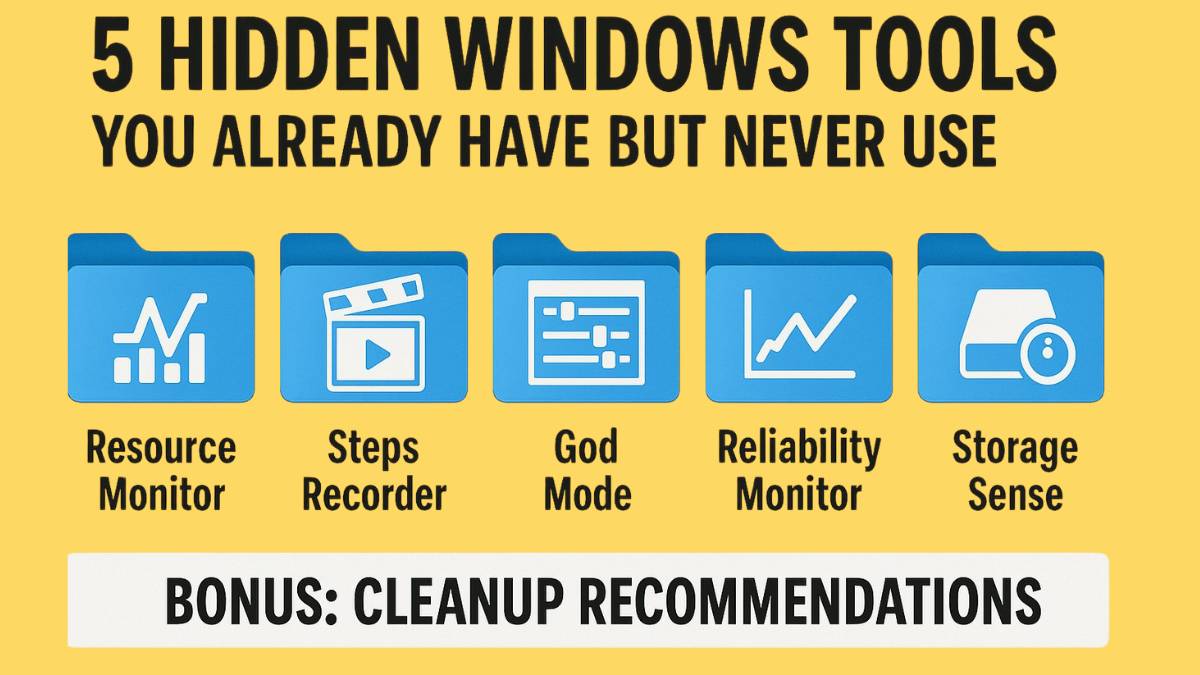 If you are reading this, it’s likely that you love downloading new files to help you with your PC. But your PC has a toolbox full of goodies just sitting there for you to try, and probably collecting digital dust. If you’ve ever wanted to feel like a real-deal power user without installing a single thing, these here are a couple of tools that will let you look 60% geekier to your friends without installing a thing. Whether you're rocking Windows 10 or strutting around in Windows 11, these built-in utilities have been hiding in plain sight, just waiting for a geek like you to put 'em to work.
If you are reading this, it’s likely that you love downloading new files to help you with your PC. But your PC has a toolbox full of goodies just sitting there for you to try, and probably collecting digital dust. If you’ve ever wanted to feel like a real-deal power user without installing a single thing, these here are a couple of tools that will let you look 60% geekier to your friends without installing a thing. Whether you're rocking Windows 10 or strutting around in Windows 11, these built-in utilities have been hiding in plain sight, just waiting for a geek like you to put 'em to work.1. Resource Monitor: Task Manager’s Beefier Brother
You can load Resource Monitor in a few ways. The easiest is to type resmon in your search box or command prompt. Or you can open Task Manager, hit the Performance tab, and click Open Resource Monitor at the bottom. Buy you say, “Hey I am already in task manager. Why do I need this?” While Task Manager gives you a high-level overview of what’s running on your system, Resource Monitor digs much deeper. It shows exactly which processes are using your CPU, disk, memory, and network—along with detailed file paths, open connections, and resource consumption over time. You can even filter by a specific process to isolate its behavior. Unlike Task Manager, Resource Monitor lets you see real-time disk activity, network traffic by IP address and port, and physical memory breakdowns like Standby and Modified memory. It’s the go-to tool when your system’s acting weird and you want to go from “something’s wrong” to “here’s exactly what’s causing it.”
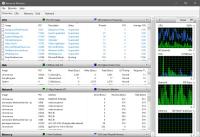
2. Steps Recorder: Your Secret Weapon for Troubleshooting
Steps Recorder is the built-in “show and tell” tool that makes troubleshooting slightly less painful. It automatically captures each click and keystroke step, grabs a screenshot with a red highlight box, and adds clear, time-stamped captions so anyone can replay exactly what happened. Just type "Steps Recorder" in the Start menu or run psr. It quietly records every click and keystroke, snapping screenshots like a digital paparazzi. Great for showing tech support exactly what you did or capturing those elusive bugs that only happen when no one's watching.
It’s perfect for sending a quick “here’s how I broke it” to support, documenting a fix for your future self, or training a coworker without writing a novel or recording a full-screen movie. You can pause, add your own notes, and stop at any time; Windows bundles the entire session into a single, lightweight report that you can share. No installs, no bloat, and it works on Windows 10 and 11. If Task Manager tells the story in numbers, Steps Recorder shows the movie.
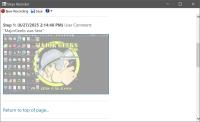
3. God Mode: All the Settings, All in One Place
We have written about this a few times, but If you’ve never tried God Mode in Windows, you’re missing out on one of the handiest hidden tricks. God Mode isn’t some secret cheat code (Shout out to Up, Up, Down, Down, Left, Right, Left, Right, B, A, Start). It’s simply a special folder that unlocks a master control panel with nearly every setting in Windows laid out in one place. No more digging through endless menus; just drop a new folder on your desktop, rename it to a special string, and suddenly you’ve got instant access to over 200 administrative tools, from Device Manager to Disk Management to renaming the computer. It’s a geek’s dream, and once you use it, you’ll wonder why Microsoft doesn’t just enable it by default.
Implementing God Mode is super easy
Right-click your Desktop, make a new folder, and name it this (copy and paste to make it easy):
GodMode.{ED7BA470-8E54-465E-825C-99712043E01C}
God Mode's been around since Windows Vista, but it's still one of Windows' best-kept secrets. If you have followed these instructions, you have just unlocked a hidden portal with every single Control Panel setting at your fingertips. No more digging through menus. You’re welcome.
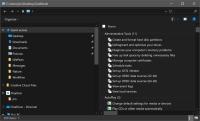
4. Reliability Monitor: Your Crash Time Machine
The Windows Reliability History Monitor is like a running report card for your PC. Tucked away in Windows’ Control Panel, this tool tracks your system’s stability over time and logs events like software crashes and hardware failures. You can view the results in an easy-to-read timeline that provides a clear overview of what went wrong and when. It’s especially handy for troubleshooting recurring problems.
If your system has been acting up, firing up the Reliability Monitor for a quick glance can reveal whether a new driver, update, or program installation is the culprit. For power users and casual tinkerers alike, it’s one of the most underrated tools hiding in Windows.
To run Hit Start, type "Reliability Monitor," and open View reliability history. Or open your Control Panel, go to Security and Maintenance, click Maintenance and then click Reliability History. This underrated gem gives you a timeline of your PC's health crashes, failed updates, driver issues, and everything you need.
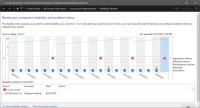
5. Storage Sense Cleanup That Runs Itself
Windows Storage Sense is a built-in cleanup tool that helps keep your hard drive from filling up with digital junk. Once enabled, Windows Storage Sense will automatically delete temporary files, empty the recycle bin, and clear out old system files. You can even set it to run on a schedule; daily, weekly, or monthly; so you don;t have to think about it. Storage Sense is a quick way to free up space and keep things running smoothly without having to dig through folders or rely on third-party cleaners for just the surface cleaning tasks.
Find it under Settings > System > Storage. Flip the switch and let Storage Sense quietly handle junk files, Recycle Bin clutter, and stale OneDrive content. Schedule it to run on autopilot and never worry about clearing temp files again.
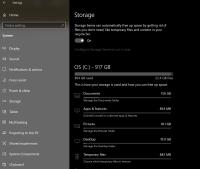
Bonus Windows 11 Only: Cleanup Recommendations
Cleanup Recommendations is found under Settings → System → Storage —Cleanup Recommendations. Like Storage Sense, it will find Temp files and other common junk files on your system. It will also scan your PC and highlight large or unused files, apps you rarely open, files already backed up to OneDrive, and even temporary system clutter that might be eating up space. Instead of manually hunting down what to delete, you get a curated list of what’s safe to remove, making it easier to reclaim storage quickly. The key difference from Storage Sense is that Cleanup Recommendations gives you a one-time, user-driven review of suggested files to delete, while Storage Sense works automatically in the background on a schedule to quietly keep your system tidy. Together, they make managing your storage a whole lot easier.
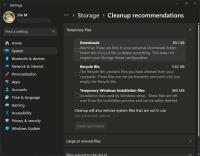
The Geeky Takeaway
These tools have been hanging out on your machine this whole time, quietly waiting for someone worthy to snatch them up and bring them to the light. Whether you're cleaning house, troubleshooting like a boss, or just poking under the hood, you now have five (make that six) ways to flex your inner MajorGeek.
Now, for each of these tools, we can point you to a free or commercial version that may be more powerful or feature-rich. So if you love these, it's just the start of your journey. We have pleanty for you to look at.
Did we miss something? What’s your favorite hidden Windows tool? Drop it in the comments and share the geek love!
comments powered by Disqus






